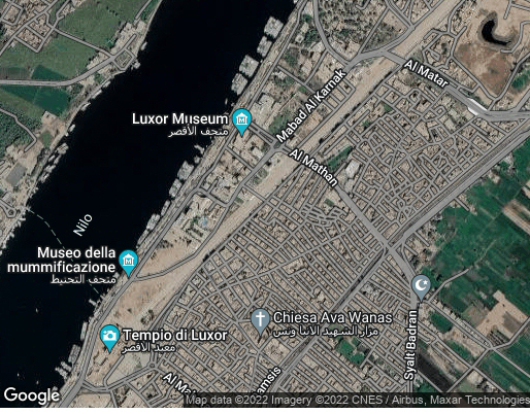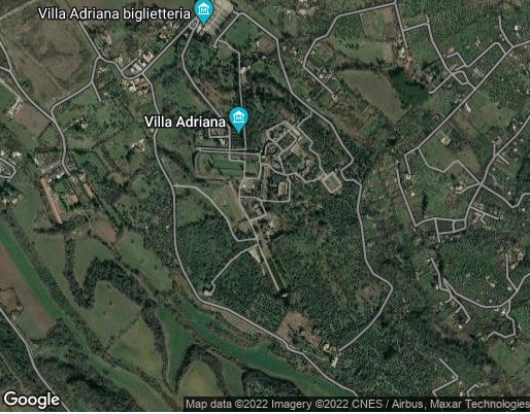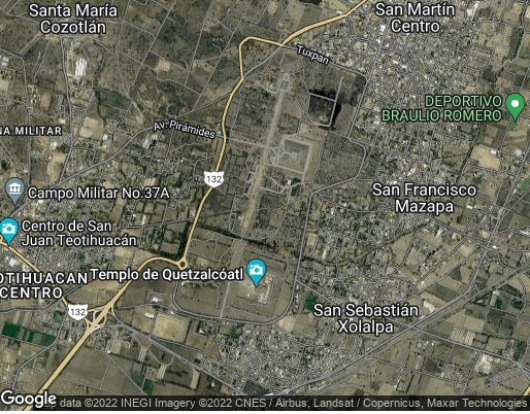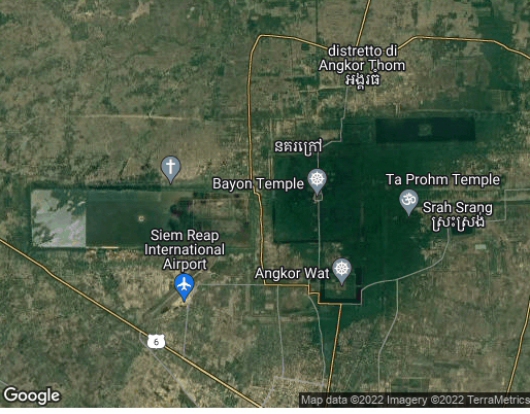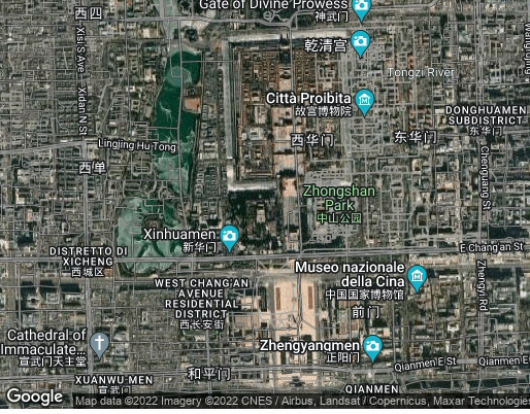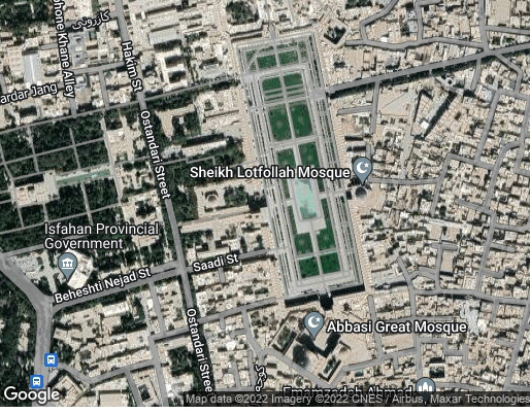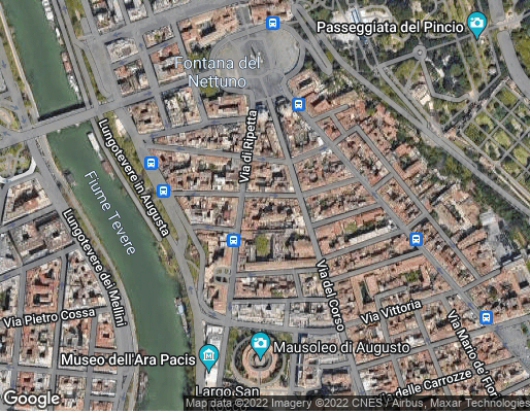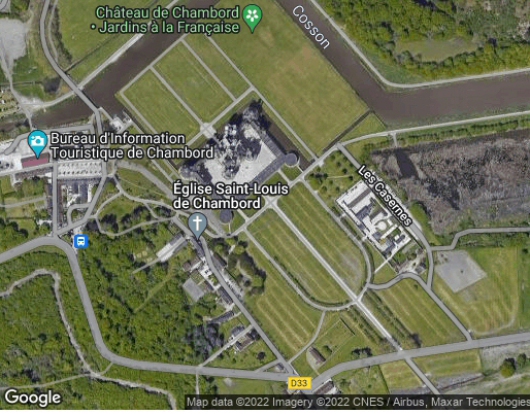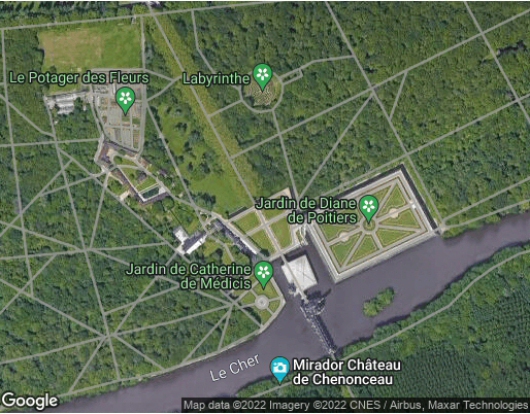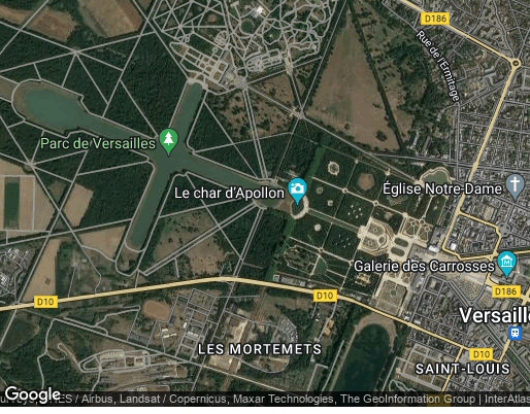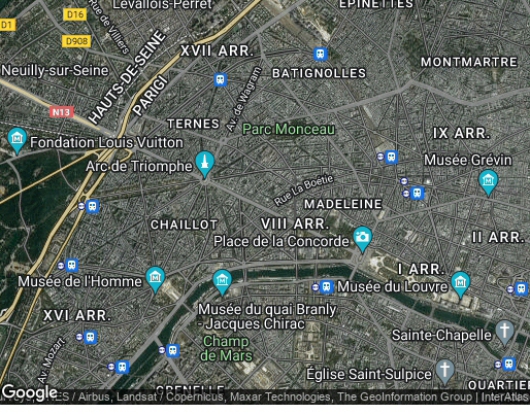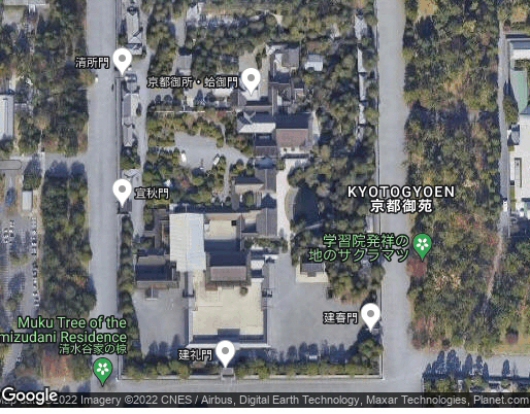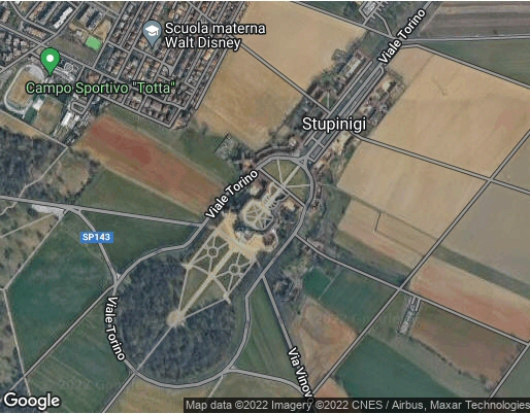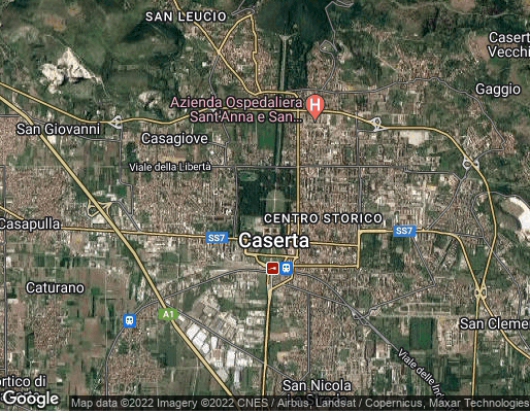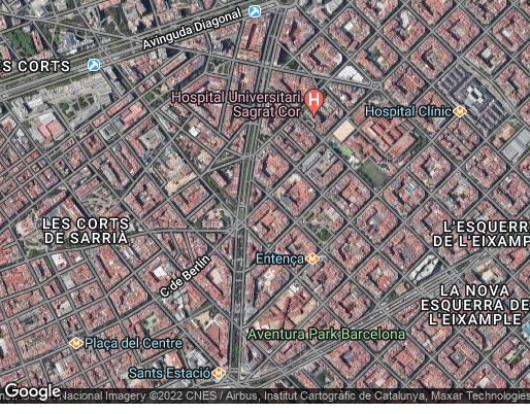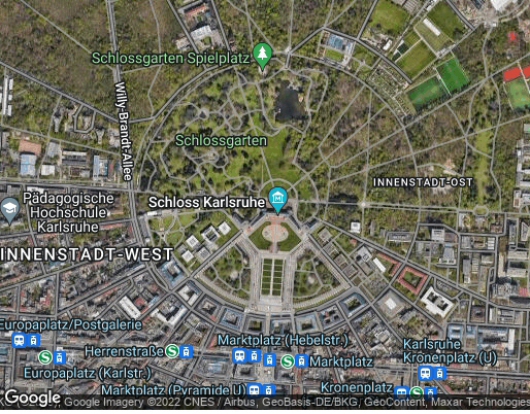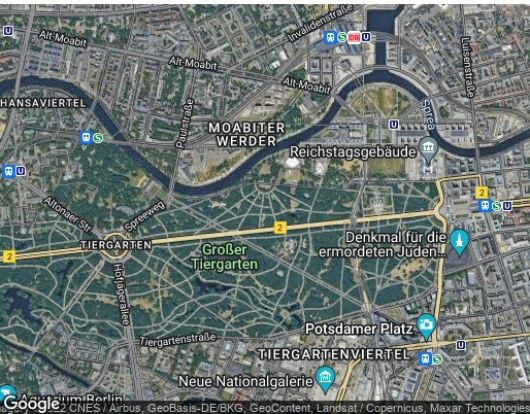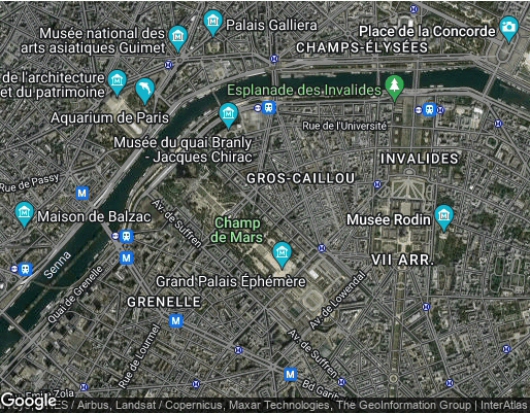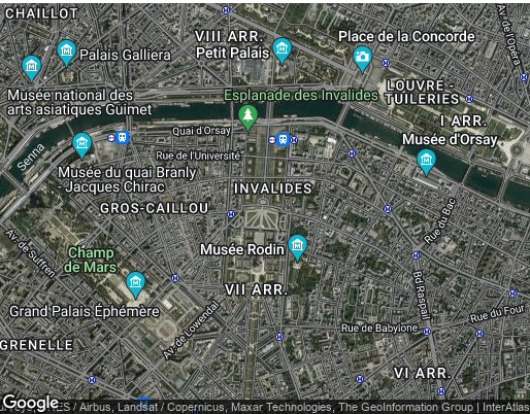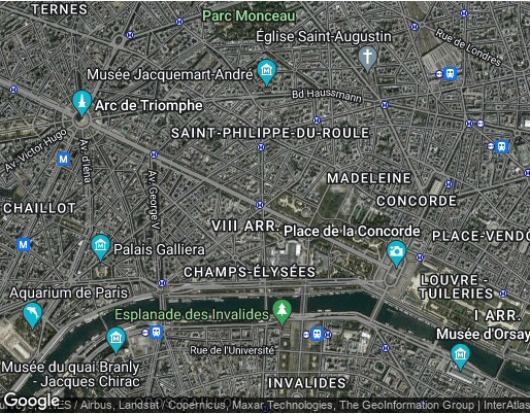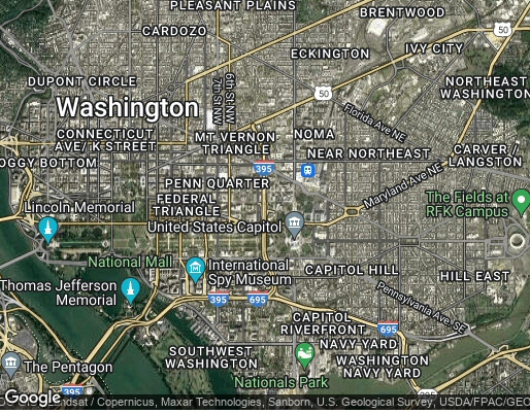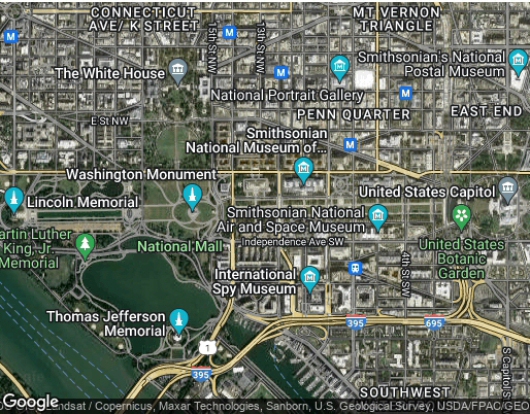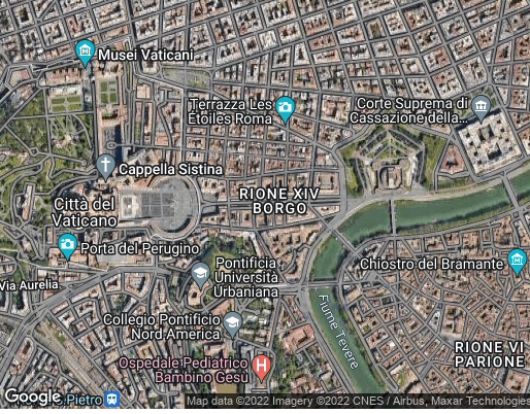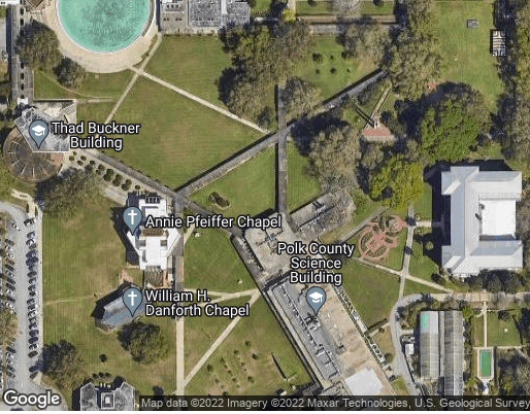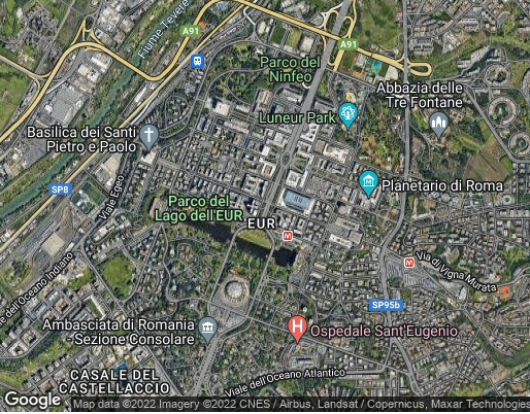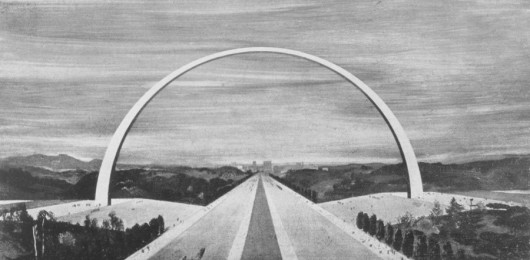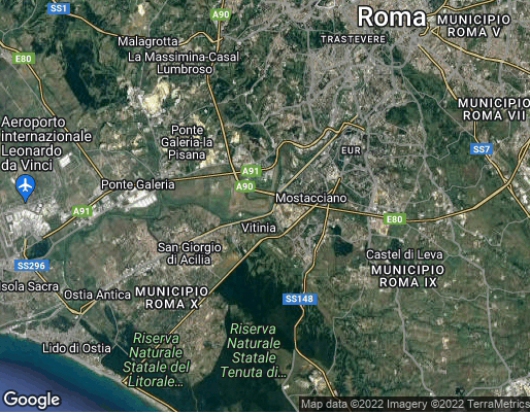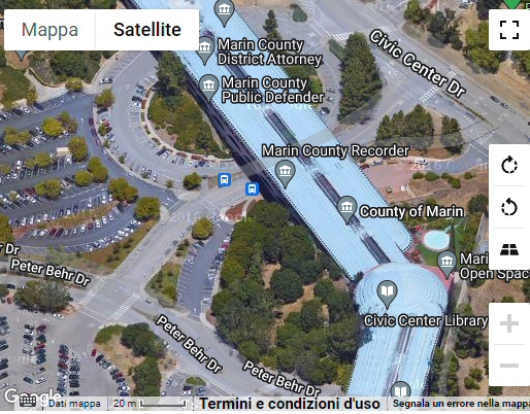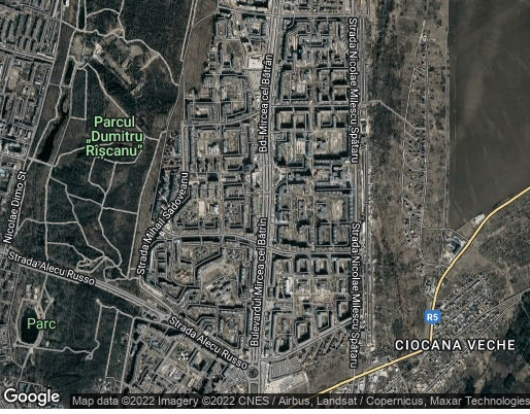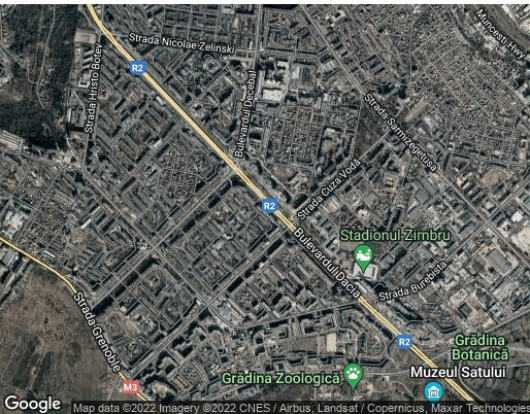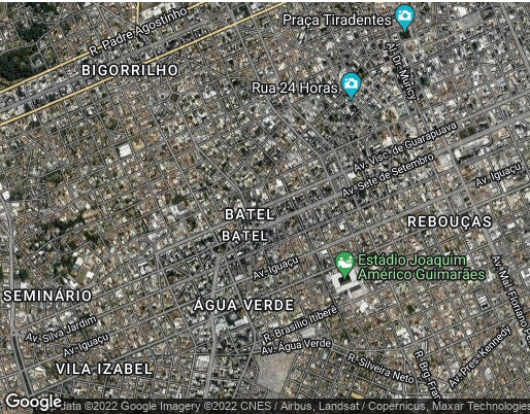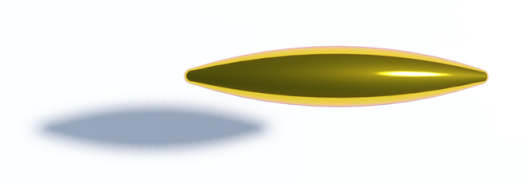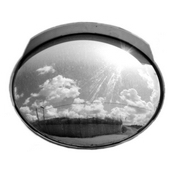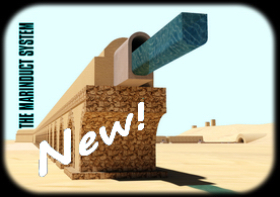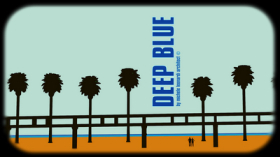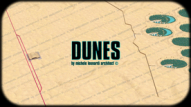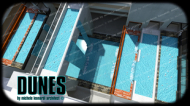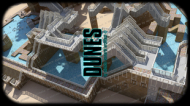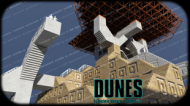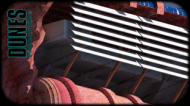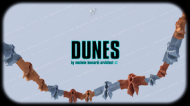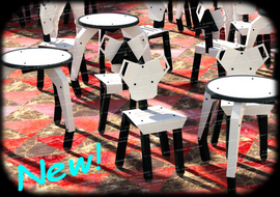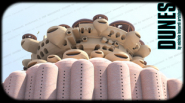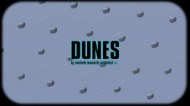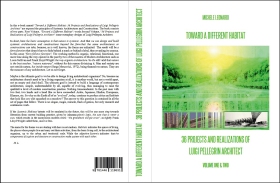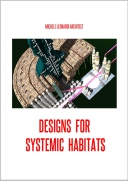AXES
"Human Axes":
1- Urban axes and axes on the geographical scale,
but always on the human scale.
2- The fake axes.
3- The Linear City and the Vectors.
Note also the different north-south orientations,
and the different dimensions between the axes.
1 - THE URBAN AND
TERRITORIAL AXES:
The Karnak Temple Complex, 19th Century B.C.
The Hadrian's Villa near Rome, Tivoli, II C. A.D.
The imperial little town (improperly called "Villa") of Hadrian was incredibly innovative and modern: separation of paths (the pedestrian paths were separated from those of the logistics, the carts and on horseback, and these last paths were at a lower level, partly underground); asymmetric and polycentric architectural axes; an axis network based on the movements of people from one destination to another into the little town. An urban deconstructivism of two millennia ago, but not formalistic.
The Avenue of the Dead, Teotihuacan, 150-450 A.D.
The Angkor Wat Complex, 12th Century A.D.
The giant axes of Angkor Wat are structured according to big and smaller axes, and temples on a human scale. In other simplistic words: a forest can be immense, like the Amazon Forest, but the trees that make up a forest are always on the human scale.
The Forbidden City, Pechino, 1406-1420 A.D.
The Naqsh-e Jahan Square in Isfahan, 1598-1629
The "Tridente" in Rome, 15th Century
The "Château de Chambord" near Orléans,
16th Century
The "Château de Chenonceaux" near Tours,
15th Century
The Palace of Versailles near Paris, 1623-1683
The "Avenue des Champs-Élysées" in Paris, 1670
The Kyoto Imperial Palace, Kyoto, 17th Century
The "Palazzina di caccia" of Stupinigi, near Turin, 1733
The Royal Palace of Caserta by Luigi Vanvitelli, 1774
The "La Rambla" in Barcelona, 15th-19th Century
The Karlsruhe Palace in Karlshruhe, 18th Century
The Brandenburg Gate, Berlin, 1791
Urban axis:
from the Trocadéro to Champ de Mars Gardens:
The Eiffel Tower complex in Paris, 1889;
but Paris is full of axes, due to Baron Haussmann, etc.
Urban axes:
The "L'Enfant Plan" for Washington, 18th C.
Local axis:
"Via della Conciliazione" in Rome, 1936
Florida Southern College Complex in Lakeland,
Frank Lloyd Wright, 1938-1946
An urban and territorial axis:
"E.U.R. '42", Rome, Marcello Piacentini, 1942-1960
As in the case of Washington, here the axis and secondary counter-axes are monumental and sometimes rhetorical, but are still on the human scale, though vaguely metaphysical. Here there is still space for human beings.
It is also one of the last examples of serious urban planning around the world.
In fact, the modern urban planning has produced only: zoning, that is "jams of buildings", "minestrone of buildings", etc.
An urban and territorial axis:
"E.U.R. '42", Rome, Marcello Piacentini, 1942
From Rome to the sea: the triple transport axis of "Via Cristoforo Colombo" Road; two mechanized transport side lines were planned, in addition to the central two directions of travel for cars.
Local axes:
The Marin County Civic Center in San Rafael,
Frank Lloyd Wright Architect, 1960
An example of "Linear City" urban planning:
the "Sectorul Ciocana" in Chişinău, 21th Century.
The "Ciudad Lineal" (the "Linear City") as teorized by Arturo Soria y Mata (1844-1920) in 1882.
Another example of "Linear City" urban planning:
"Bulevardul Dacia" in Chişinău, 21th Century.
"Av. Sete de Setembro" and others axes in Curitiba: something more than a simple road axis.
In the 80s the administration of Curitiba decided to create a metropolitan transport system based on 3 different types of public buses, etc., etc. This system was much cheaper and more efficient than an ordinary underground subway system.

